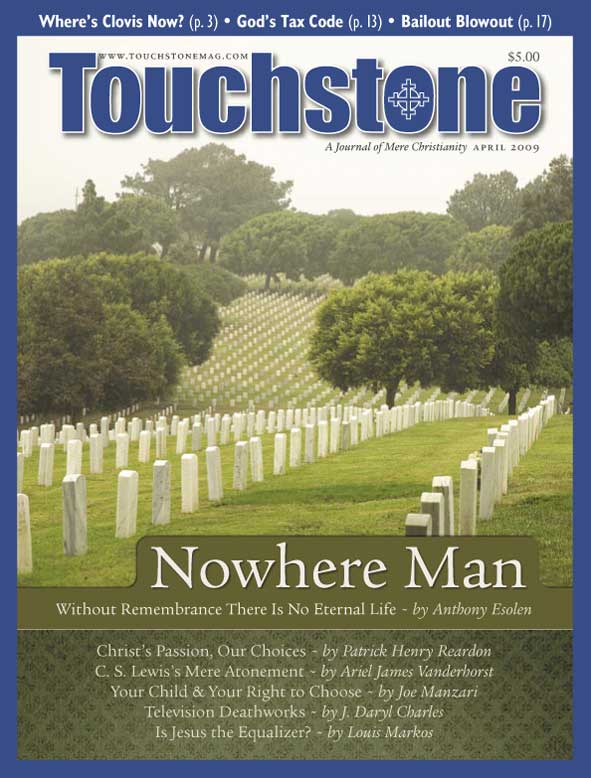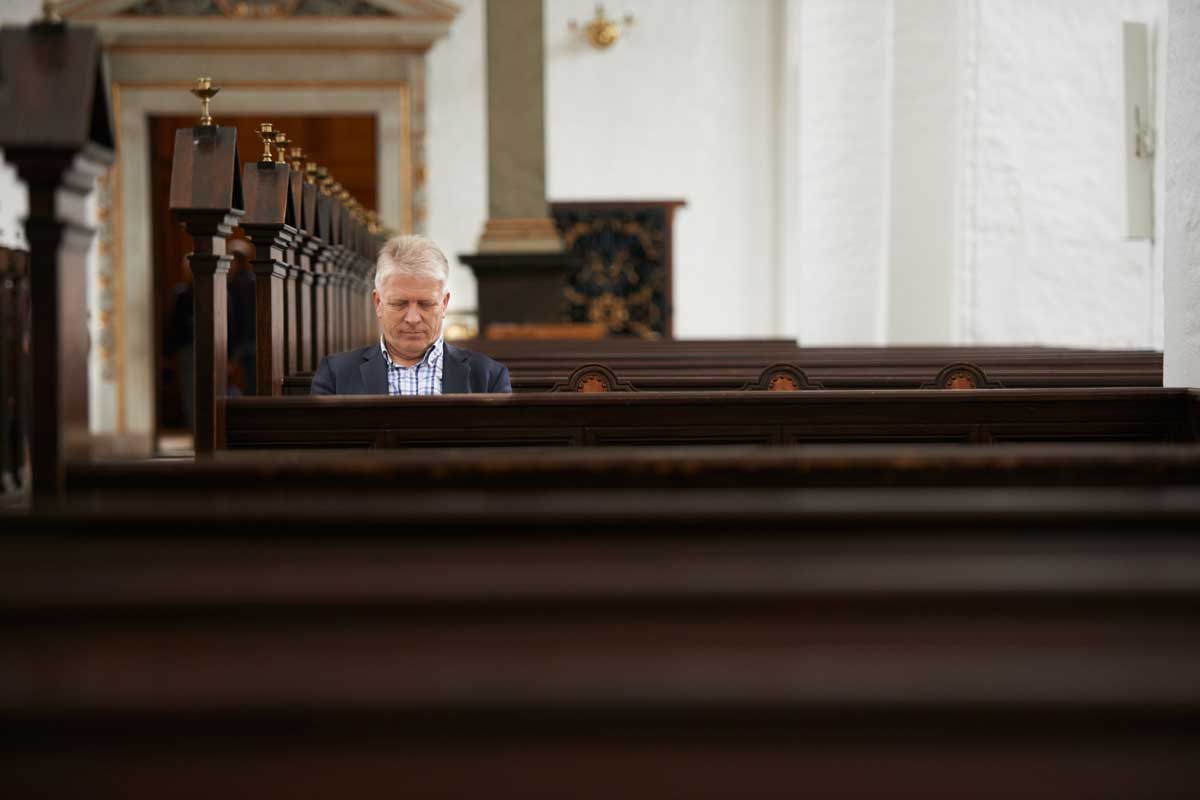Mere Atonement
C. S. Lewis & the Multiple Angles of Redemption
by Ariel James Vanderhorst
When The Lion, the Witch, and the Wardrobe opened in theaters in December 2005, the feature-length film generated cries of wonder, huge box-office takes, skyrocketing Lewis book sales, and considerable gnashing of teeth. Posthumously, C. S. Lewis had gained thousands of new fans—but his critics were all the more vehement. Specifically, they faulted him for the “magical” Atonement represented so vividly in Lewis’s acclaimed children’s book—a gory death on a Narnian stone table—a depiction that some detractors found non-biblical. But while the anti-Lewis voices were insistent, they were generally drowned out by the movie magic.
THIS ARTICLE ONLY AVAILABLE TO SUBSCRIBERS.
FOR QUICK ACCESS:
Ariel James Vanderhorst , having recently earned his M.Div., lives with his family—wife Lindsay and their two young sons—in downtown Kansas City, Missouri, where they are in the process of planting a gospel-centered, culturally targeted urban church. He also blogs about theology and culture at arieljvan.com.
bulk subscriptions
Order Touchstone subscriptions in bulk and save $10 per sub! Each subscription includes 6 issues of Touchstone plus full online access to touchstonemag.com—including archives, videos, and pdf downloads of recent issues for only $29.95 each! Great for churches or study groups.
Transactions will be processed on a secure server.
more on C. S. Lewis from the online archives
more from the online archives
calling all readers
Please Donate
"There are magazines worth reading but few worth saving . . . Touchstone is just such a magazine."
—Alice von Hildebrand
"Here we do not concede one square millimeter of territory to falsehood, folly, contemporary sentimentality, or fashion. We speak the truth, and let God be our judge. . . . Touchstone is the one committedly Christian conservative journal."
—Anthony Esolen, Touchstone senior editor














